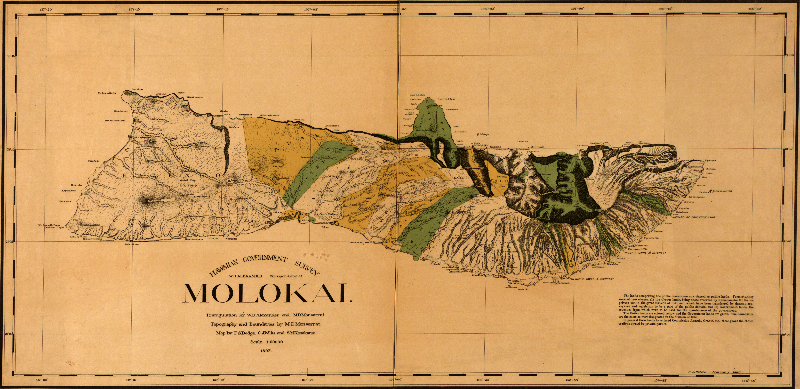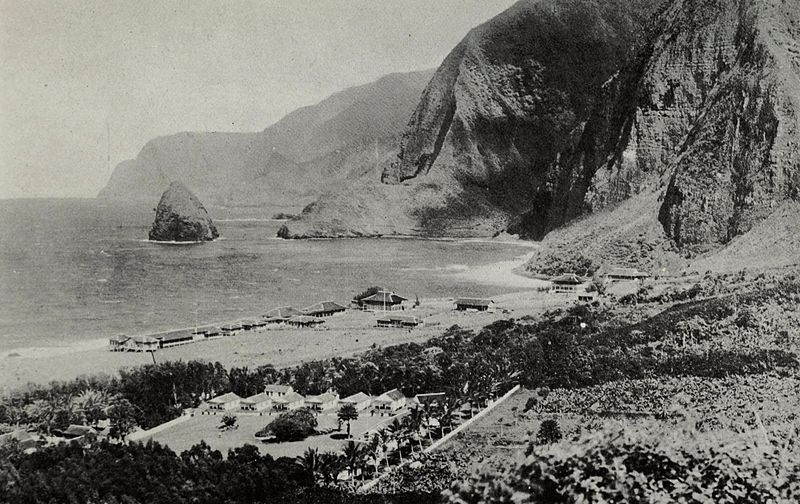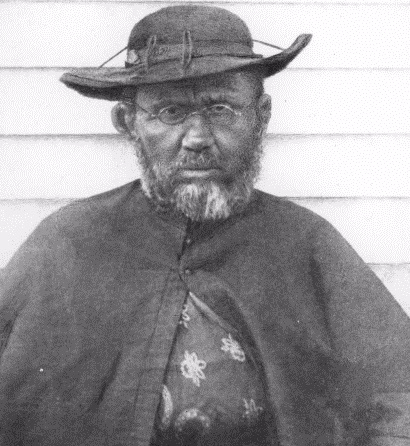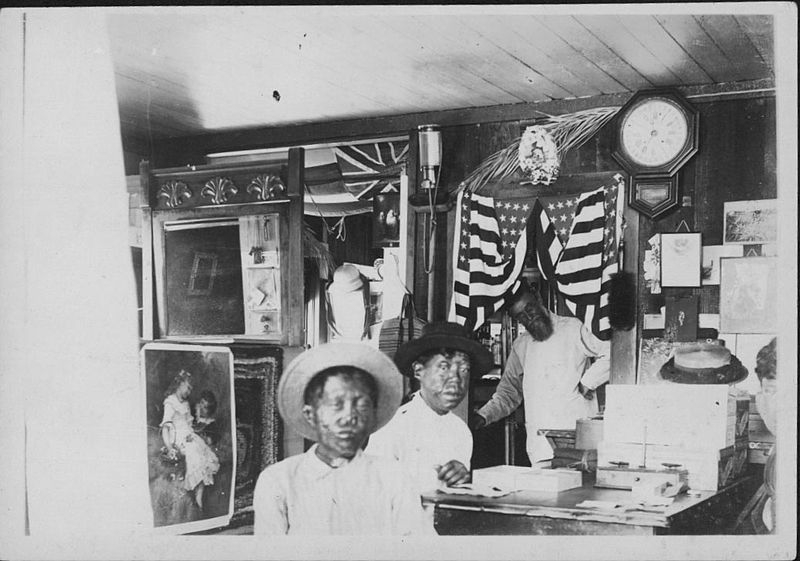The island of Molokai is an unspoiled paradise — the last Hawaiian island that has held out against cruise ships and mass tourism — but for 100 years to more than 8,000 people, it was a prison.
On the north shore of the island is a secluded peninsula surrounded by high sea cliffs on three sides and an impassable coastline on the fourth. In the 1800s Hansen’s disease, commonly known as leprosy, became more prevalent. And as there was no cure, countries around the world created specific colonies for the ill people to live in. It was on this spot in Molokai in 1866 that King Kamehameha V created Kalaupapa.
Related: Molokai, the Last Truly Unspoiled Island in Hawaii
It may look like paradise, but for thousands, the colony of Kalaupapa was a prison. (Photo: Wikimedia)
When it was first created, there was no housing on Kalaupapa — patients were left to fend for themselves.
“The patients were brought in by boat,” Norman Leahy, the head guide for Father Damien Tours said. “They were put on long boats at the entrance to the bay and told to sail to shore. The ones who didn’t go willingly were thrown overboard.”

Hawaiian King Kamehameha V decided to build the Hansen’s disease colony on the north shore of Molokai. (Photo: Buyenlarge)
The first colony was a little to the left of where the colony is today.
“It was in a rainy valley, and people died very quickly,” Leahy said. “There was no protection from the elements, and their lungs were already weakened.”

The colony finally got buildings and plumbing and was made habitable after almost 20 years of leaving patients to fend for themselves. (Photo: Wikimedia)
In 1873, seven years after it opened, Father Damien de Veuster (who was later canonized for his work) settled there with his ministry and began building permanent houses and a hospital in what is now the town.
But 16 years later, Father Damien, who had contracted leprosy during his work, died.
Related: Surfing With the 76-Year-Old Legend of Waikiki Beach

Father Damien spent his life caring for leprosy patients at Kalaupapa and eventually succumbed to the disease himself. (Photo: Wikimedia)
Father Damien was succeeded by Mother Marianne Cope, a member of the St. Francis Sisters of Syracuse, who remained at the colony until her death at age 80, in 1918.
Today, nuns from Mother Marianne’s order are still in Kalaupapa, ministering to the few patients still alive.
Although a cure for the disease was discovered in the 1940s, mandatory isolation was enforced until 1969 — even for the very young.

Patients as young as five, once diagnosed, were sent to the colony. Many never saw their families again. (Photo: Wikimedia)
“Many of the patients were severely traumatized,” Sister Alicia, who still works on Kalaupapa said. “If someone was diagnosed with the disease, many times they wouldn’t even be allowed to return home to say goodbye — they were immediately transported to the colony. For years they weren’t even allowed to have visitors — and even when they did, there was a no-contact rule allowed. They could never see or touch their loved ones again.”
The colony is now a National Historical Park — the patients who still reside in the colony are now there by choice. While there have been bids to build a five-star resort on the peninsula when the last patient dies, locals swear it will never happen.
Let’s hope not.
